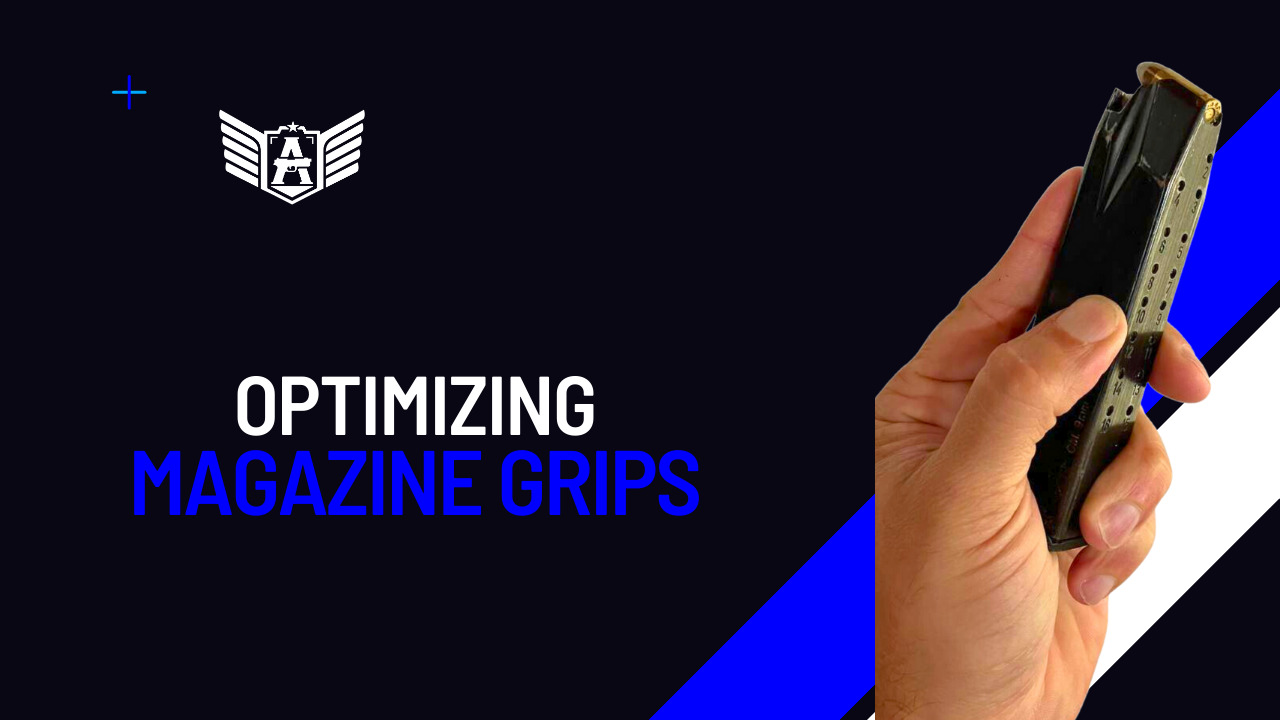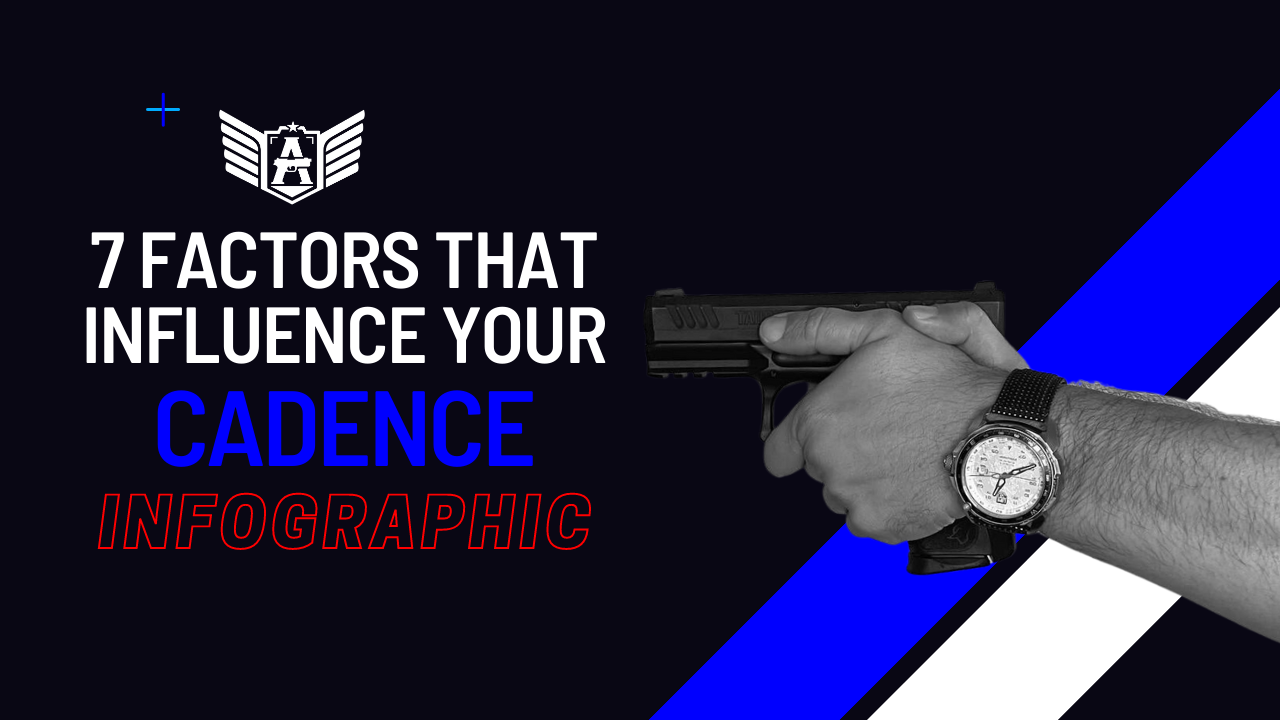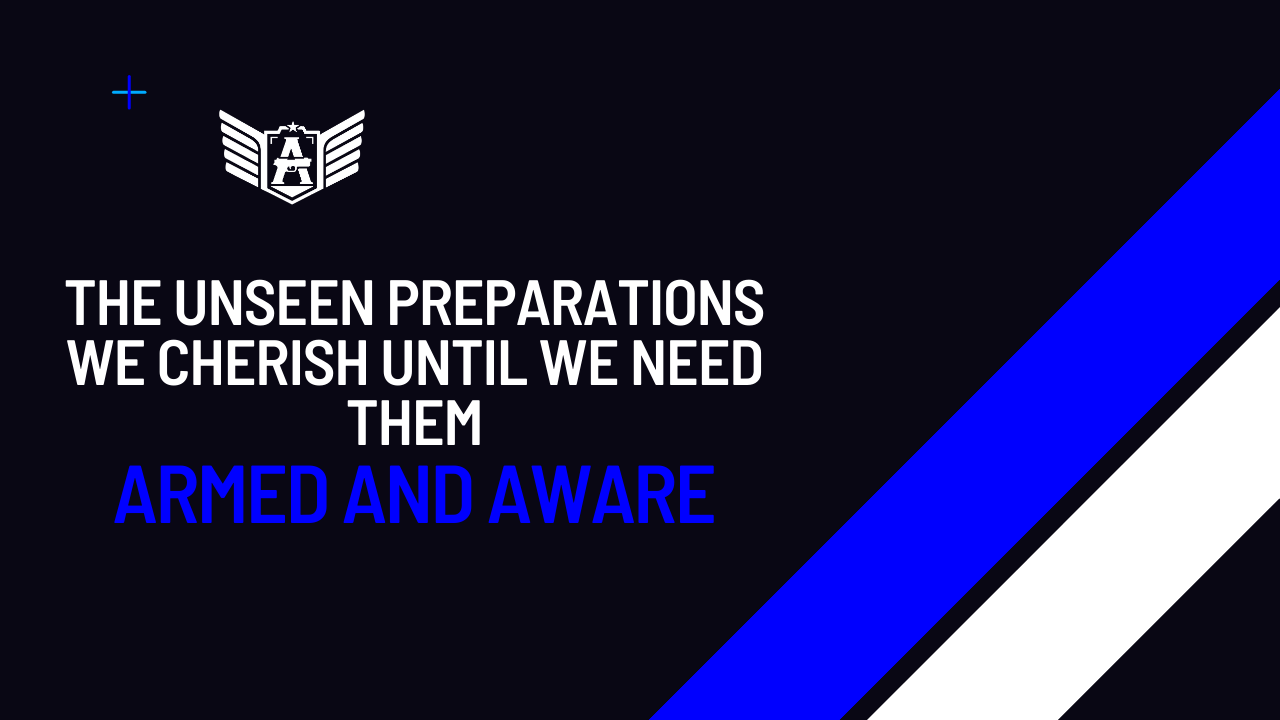
Combat shooting training is still often approached in an amateurish manner by both instructors and trainees. This places shooters in positions of unnecessary risk associated with inadequate training levels, either due to insufficient volume or lack of quality.
In a world saturated with motivational coaches on social media, finding individuals willing to do what needs to be done, especially when it’s unpleasant, is becoming increasingly rare.
It’s common for people lacking commitment to require external motivation to perform their tasks as expected. However, I like to believe that our readers and students aspire to excel when it comes to defending their lives, families, freedom, and what matters most to them.
I’ve had the privilege of visiting shooting ranges and conducting training across the globe, and I can assure you: this is a global issue. It’s not about people from one country or another; it’s a typical human behavior.
In this context, the need for motivation must be replaced by the decision to uphold discipline.
This problem is partly overcome in sport shooting disciplines, where Shooter A knows he must outperform Shooter B, striving in training to surpass the known benchmark.
But what if your goal isn’t to chase trophies and medals, but rather to prevent loss of life? How do you set a goal and remain focused on training?
This is where the ABA Intl shooting learning triad comes into play: Technique, Metric, and Method.
- Technique: You need to know the appropriate techniques for your objective. There are always various ways to accomplish something, but only one of them, by definition, can be optimal. How do you choose?
- Metric: You must know exactly where you stand and where you want to reach within a specific motor pattern. You need metrics for fundamentals, draw, handling, and so forth. What are these metrics?
- Method: Just as there’s often more than one way to do the same thing, there are usually multiple paths leading to the same destination. When it comes to combat shooting, some of these paths can be costly and dangerous. Which path to follow?

When you know where you are and where you need to go, the process becomes clearer.
Can you imagine any high-performance athlete entering their gym without knowing what they’ll train? Certainly not. There’s a macrocycle, various mesocycles, and microcycles pre-arranged based on evidence, devoid of subjectivity.
Can you imagine any high-performance athlete practicing any skill less than a few hundred thousand times? I said hundreds of thousands. How many hundreds of thousands of draws are you practicing?
Can you envision any high-performance athlete completing a weekend course and becoming a pro? Or does achieving excellence require consistent, organized, and guided practice over years?
I don’t intend to be disrespectful towards athletes, but credit where it’s due—they’re “playing” for a medal and are likely training harder and better than shooters who aim to defend their families.
It’s time to flip the script. Valuing family, being prepared to fight should extend beyond mere rhetoric and TikTok dances. Let’s put in the hard work out of respect for those who depend on us.




